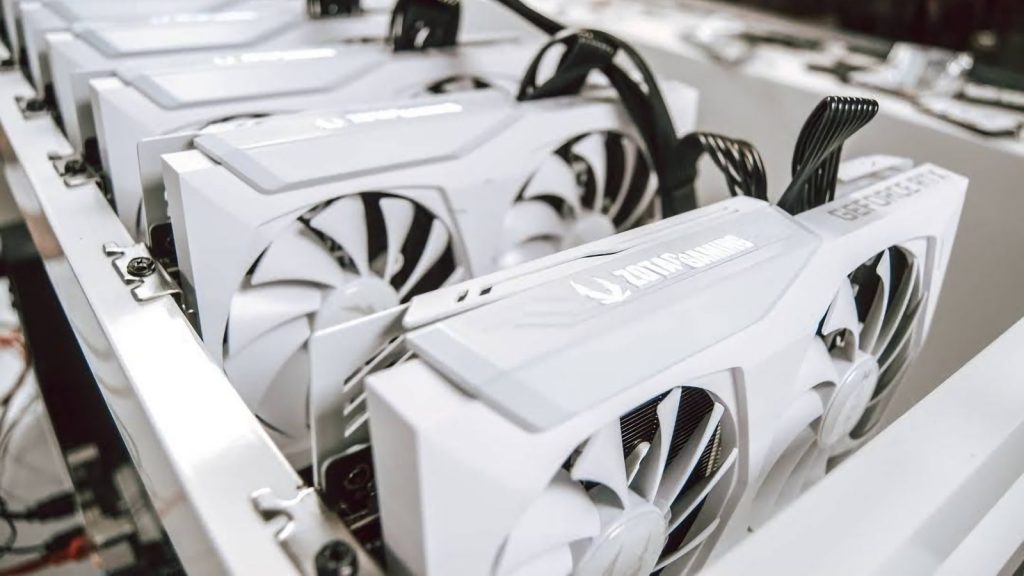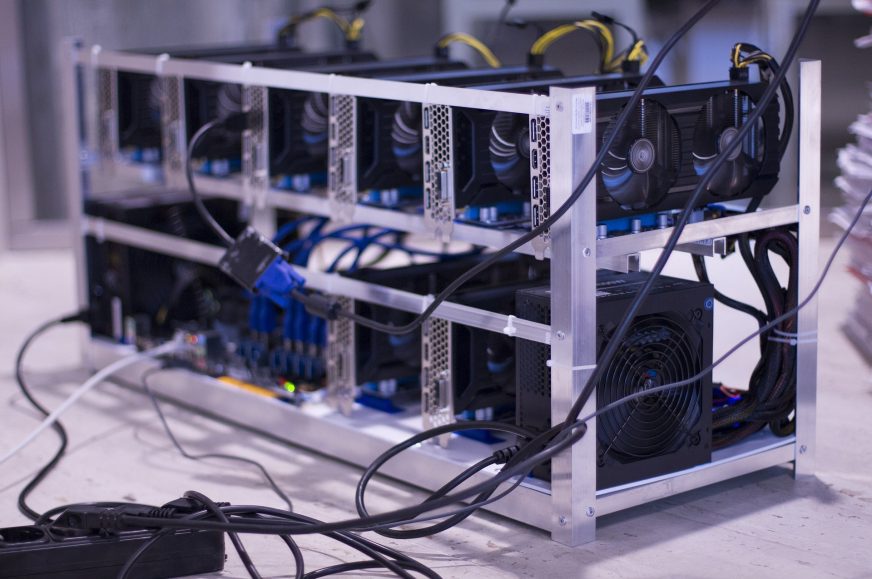Graphics cards are rapidly becoming cheaper, in Germany they are only 50 % above MSRP
Last month we had tentative reports of possibly improving situation in graphics card market, which is afflicted by shortages and high prices this year—largely due to the return of cryptocurrency bubble and the resulting Ethereum mining obsession. The crisis seems to really be on its way out. Prices continue to fall, in Germany they’re already at lowest levels since February. And their decline is pretty fast too.
Like the previous report, this one is also based on statistics collected by the German website 3DCenter. It is based on the average prices of graphics cards in several German etailers and calculates the GPU overprice index from them—i.e. how much their real prices in stores are higher than the official recommended prices (MSRPs). This is given in percentages, where 100% means that real prices match the official ones.
These values reached up to 238% during the spring (the maximum was in May) for Nvidia graphics cards, which means that the cards were almost 2.4 times more expensive. In May, there was even a spike of prices reaching up to 304%, this was probably due to temporarily limited deliveries of Nvidia graphics cards, when the company switched to the production of “LHR” cards with a mining limiter. But this extreme was only momentary (whoever bought something at the time was quite unlucky). The Radeon cards peaked in Germany in May at about 214% of the recommended price.
GeForce and Radeon cards are now “only” 1.5× marked-up
Lately we reported that the chart trend turned around and prices began to decline. Fortunately, the data keep confirming this and the price drop is continuing further. At the end of June, the average fell to 191% for GeForce and 181% for Radeon cards. Now, at the beginning of July, prices have even fallen to 153% on average, which is only 1.5× the price. Compared to the surcharges surpassing 100% in the spring, this is already a noticeable improvement. Prices have not been this “low” since the end of January/beginning of February.
But it’s probably not wise to go and rush to the stores immediately, because it’s likely that the price decrease will continue, so you’d probably spend a big surcharge unnecessarily today. We guess it’ll pay off to stay patient for a while longer. It is not yet possible to say when we’ll reach the desired state of prices matching 100 % of MSRP or ideally going below it, i.e. when the cards are available for a normal price.

Interestingly, GeForce cards, which were more overpriced for a long time, quickly reached the same level as Radeon. There are two possible reasons for this. During the last crypto-fever, Nvidia was able to increase production much faster and restore the availability of graphics cards in stores sooner, probably due to the greater influence and financial strength it enjoys thanks to its market position. The same may be the case now. In addition, Nvidia’s inflated prices have now fallen because mining limiters have reduced the attractiveness of these cards for crypto miners and their interest has moved to Radeon a little. Asa result of both of these phenomena, it could again be relatively difficult to find Radeon cards in stock for good prices now when the cryptobubble is shrinking, while the prices and availability of GeForce cards will be better. It remains to be seen whether AMD and its manufacturing partners will be able to handle that better this time.
As already mentioned, this price information applies to Germany, while the situation in other markets may of course be different (although overall trends in the world should progress similarly with a certain leeway in scale and timing).

Price decreases in graphics goes hand in hand with mining limitations
The price of graphics cards is falling despite the profitability of Ethereum mining still remaining significant—but the drop in its value to roughly half against its maximum in spring likely invokes pessimist outlooks and the miners have reduced or interrupted the purchases of new graphics cards. It may also be an effect of China recently banning and starting to curb cryptocurrency mining on its territory. This is already observable in a noticeable reduction in the hash power of the entire Ethereum cryptocurrency network.
Last month, the average hashrate was reportedly around 610,832,000 MH/s, but it had dropped to values around 500,000,000 MH/s by July 5. If GPUs from miners start selling on the second-hand market, it could shake the graphics card market prices in China and indirectly also worldwide, as the significant imbalance between supply and demand would weaken.
Sources: 3DCenter, techPowerUp, PC Gamer
Translated, original text by:
Jan Olšan, editor for Cnews.cz







